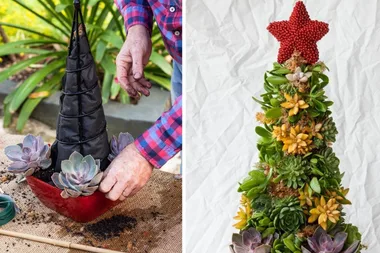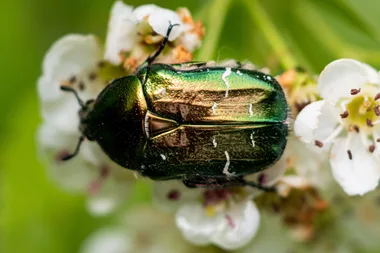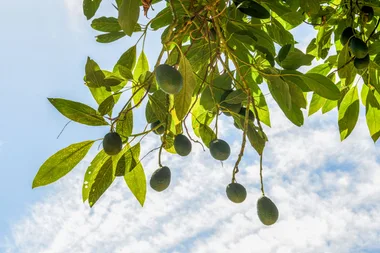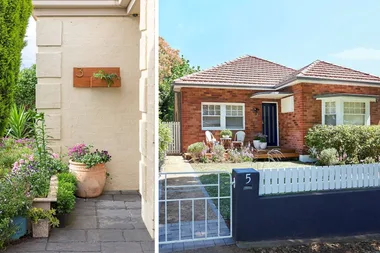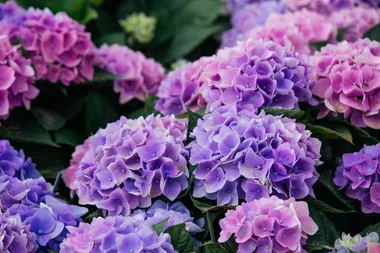Landscapers are always banging on about hedging, and for good reasons: they’re a great way to add a screen and privacy to your garden.
WATCH: Charlie Albone on the best hedging plants in Australia
But what’s the best plant for a hedge, and how do you ensure success when you plant it in your garden?
Hedging plants
Top hedging plants to grow in Australia:
- Evergreen magnolias: evergreen magnolias can be a good choice for hedges in certain regions of Australia, particularly those with milder climates. They can grow quite large over time. Make sure you select a variety that suits the available space and is suitable for your desired hedge height.
- Lilly pilly: a versatile native choice, lilly pilly plants come in various species and cultivars, offering glossy foliage and often vibrant berries. They are well-suited for hedges due to their dense growth and pruning ability.
- Buxus: commonly known as boxwood, buxus is a classic choice for formal hedges. It’s a slow-growing evergreen that responds well to regular pruning, making it suitable for creating well-defined shapes.
- Photinia: Photinia offers striking red foliage when new growth appears, adding visual interest to hedges. It’s a fast-growing option that can be pruned for shaping.
- Viburnum: Viburnum species such as Viburnum tinus or Viburnum odoratissimum are popular choices for hedging due to their attractive foliage and, in some cases, fragrant flowers.
- Bottlebrush: known for their distinctive bottlebrush-like flowers, these native plants can create informal hedges and attract birds to your garden.
- Chinese fringe flower: another great option for hedging in Australia, particularly in regions with milder climates.
- Port wine magnolias: while port wine magnolia isn’t as commonly used for hedging as other plants, its fragrant flowers and attractive foliage can create a unique and aromatic hedge or screen. If the climate in your area aligns with its requirements, it could be a charming addition to your garden.
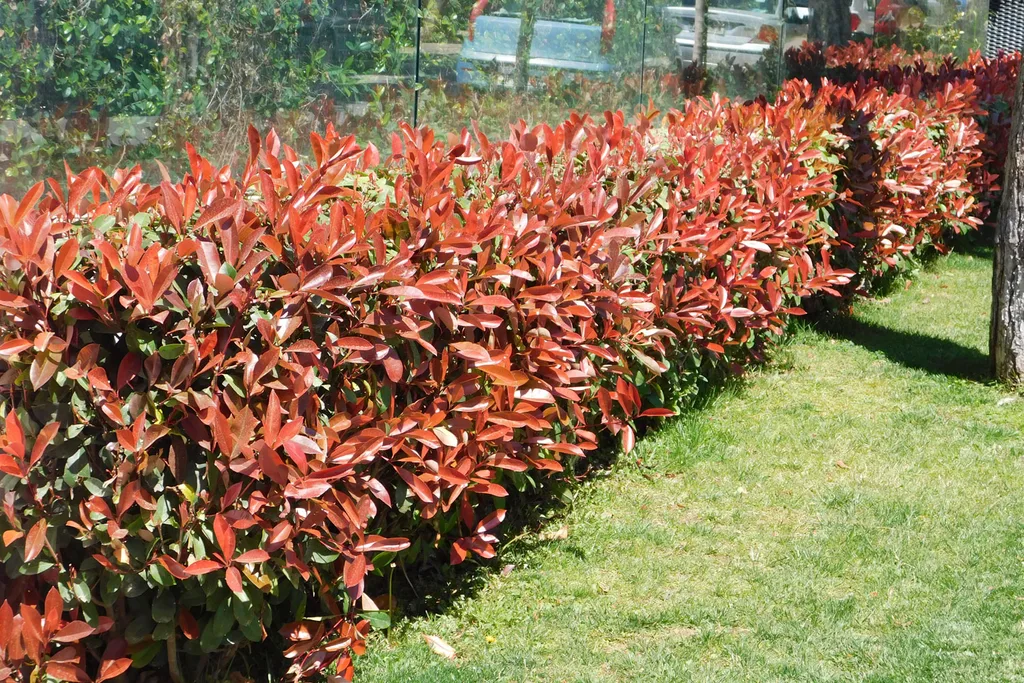
How to choose a hedging plant in Australia
In a recent episode of Better Homes and Gardens, landscape designer Charlie Albone says before you do anything, you need to decide on the purpose of your hedge.
“The first thing to consider is if you want a complete block out or a screen you can see through?”
What is the difference? A hedge is a continuous row of identical plants that requires regular trimming to keep it neat and formal. The plants are generally narrow and can tower as high as 10m, or be a dainty little thing bordering a garden bed.
Screening plants don’t need to be planted in a row and can be just one or two positioned to mute something. They’re more open, breaking up and softening unappealing views but still letting in light.
If it’s the latter you are after, then “evergreen magnolias are the plant for you,” says Charlie.
“They’re incredibly attractive year-round and really disease and pest resistant. They get a fantastic white flower on them, too,” he says.
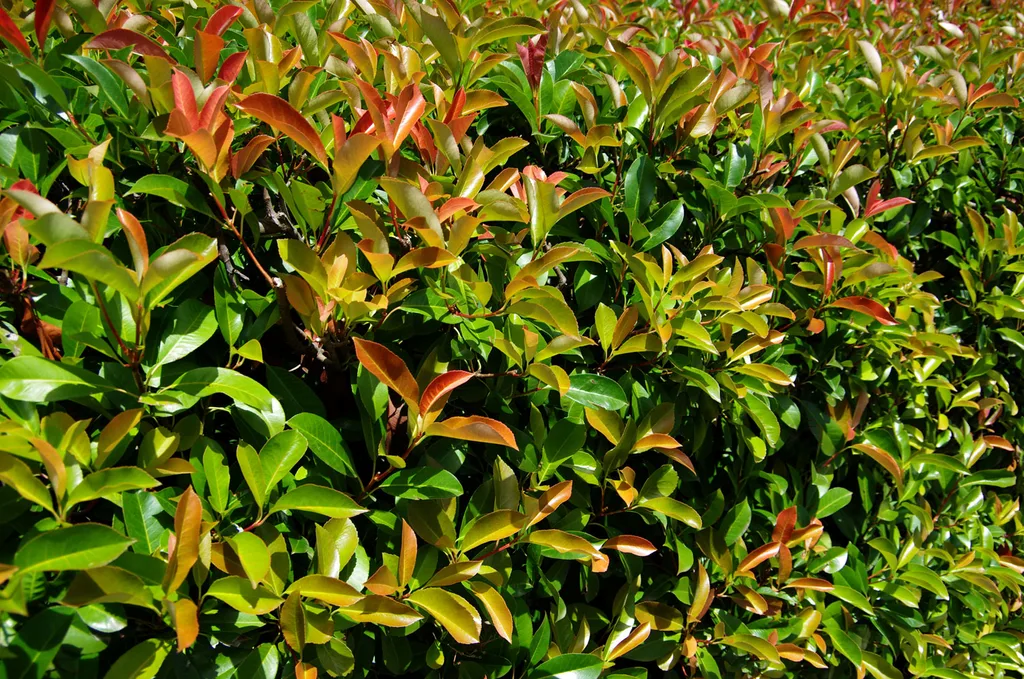
What is the quickest-growing hedge plant?
On the other hand, if you’re after a formal hedge, you can’t go past the lilly pilly. A favourite for its thick, glossy foliage.
Charlie says he likes a formal hedge because they make a great windbreak and help make an intimate garden space.
“When picking a formal hedge, consider how fast it will grow. Yes, you want it to grow quickly, but with that comes lots of maintenance,” he says.
“There’s one plant which has the Goldilocks effect when it comes to growth, and that is the Australian native known as the lilly pilly.”
There are two new lily pily varieties Charlie recommends.
“Two new varieties on the market are the cherry balm and plum magic varieties,” he says. “These have been developed for their fantastic new growth.
“In colder areas, that colour will intensify. Just keep pruning your plants in warmer areas and wait for them to shoot.”
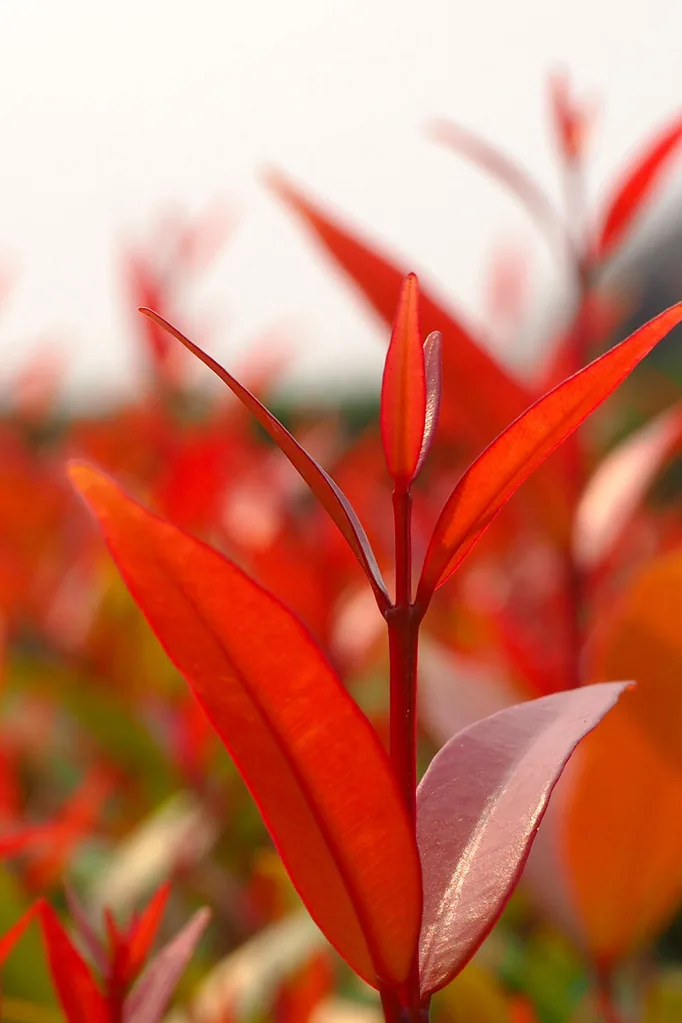
Medium-sized hedging plants
If you’re looking for a medium-sized hedge, you can’t go past photinias and viburnum; specifically, Charlie rates the thin red photinias, which are perfect for a tight spot of a courtyard, and viburnum coppertop.
What is the cheapest hedge plant to grow?
The cost of hedge plants can vary depending on plant size, species, and where you purchase them. However, some hedge plant options are generally considered more affordable due to factors like their growth rate, availability, and propagation methods.
The cost of the plants is just one aspect of creating a hedge. Soil preparation, spacing, ongoing care, and pruning contribute to the overall cost. It’s a good idea to consult with local nurseries, garden centres, or gardening experts to get a better idea of the current pricing and availability of hedge plants in your specific region.
Hedge checklist
Before you choose your hedge or screen, ask yourself the following:
- Is it for privacy, to break up a view, or to create a garden room?
- How tall and deep do you want it to grow?
- How quickly do you want it to grow?
- Do you want formal or informal?
- How often are you prepared to trim it?
- Do you want it to produce colourful flowers or foliage? Do you want evergreen plants, or deciduous plants that let in light in winter?
- What’s your aspect: sunny, part-sun, shade?
- Will it be buffeted by winds or affected by coastal sea spray?
- Check with your nursery about the best hedge or screen for your needs and conditions.
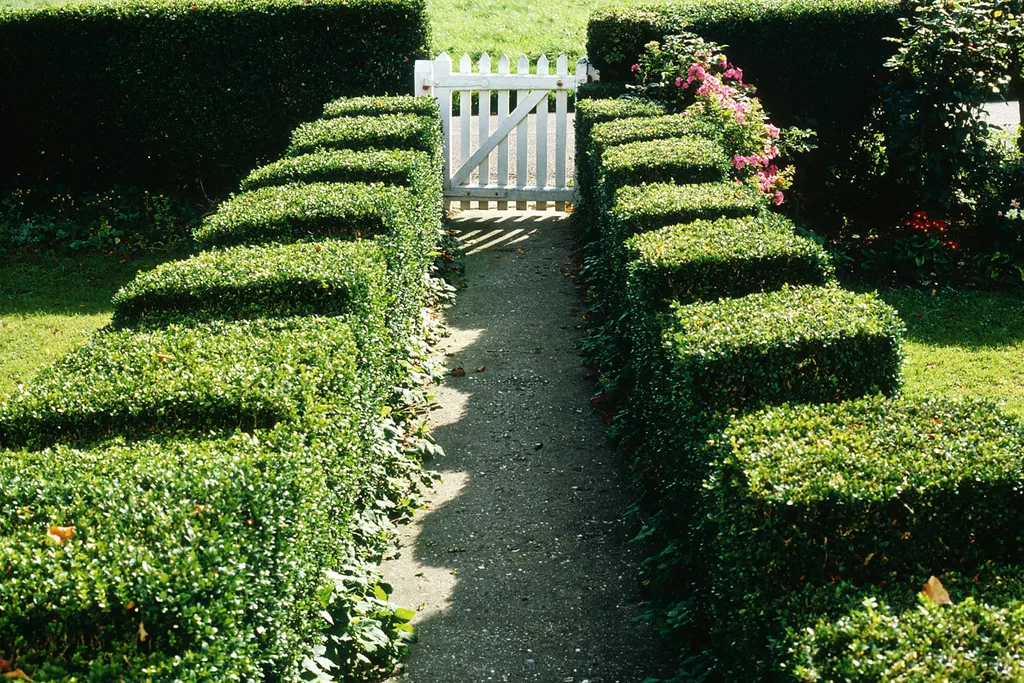
Easy steps for creating a hedge
A green screen can soften the edges of wooden, cement or metal walls and create a sense of intimacy and privacy.
Gather your supplies
- Landscape chalk
- Short wooden garden stakes
- Builder’s line
- H4 treated pine garden edging
- Compost
- Viburnum ‘Coppertop’ to plant
- Organic mulch
You’ll also need:
- Tape measure
- Spade
- Mattock
- Lump hammer
- Drill
- 34 gauge drill bit
- Circular saw
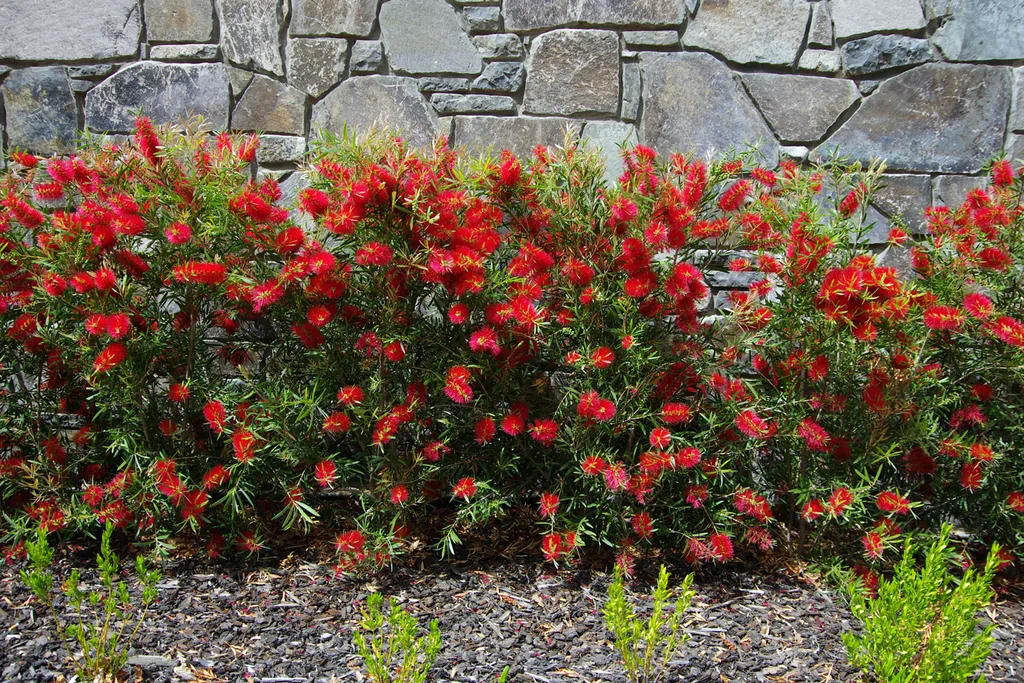
Step-by-step instructions
- First, you need to prepare your garden bed. Measure 90cm from the fence and mark with chalk.
- Hammer in stakes at each end of chalk line and link with builder’s line.
- Dig trench with mattock, about 10cm wide and deep inside chalk line.
- Hammer in more stakes at 2m intervals in trench, 25cm from edge.
- Slot garden edging between stakes and edge of trench. Predrill holes, nail stakes and edging together.
- Add extra stakes at edging joins. Repeat Step 5.
- Trim stakes so they’re level with edging.
- Enrich soil with compost and dig it in.
- Position plants still in pots along hedge bed so each trunk is 80cm apart.
- Dig holes in centre of hedge bed as deep as pot and twice as wide.
- Take plants from pots, tease out roots and plant in holes. Fill hole with dug-up soil. Water well.
- Cover the hedge bed with organic mulch.
How to make your hedge grow bushy
The secret to making your hedge thick and lush, remove the tip of the tree – about 5cm – with clean, sharp secateurs or on less woody trees with your fingers. This encourages greater lateral growth than vertical growth, so your trees look full and eventually appear to be just one plant.
You might also like:
How to make your hedge thick and lush
